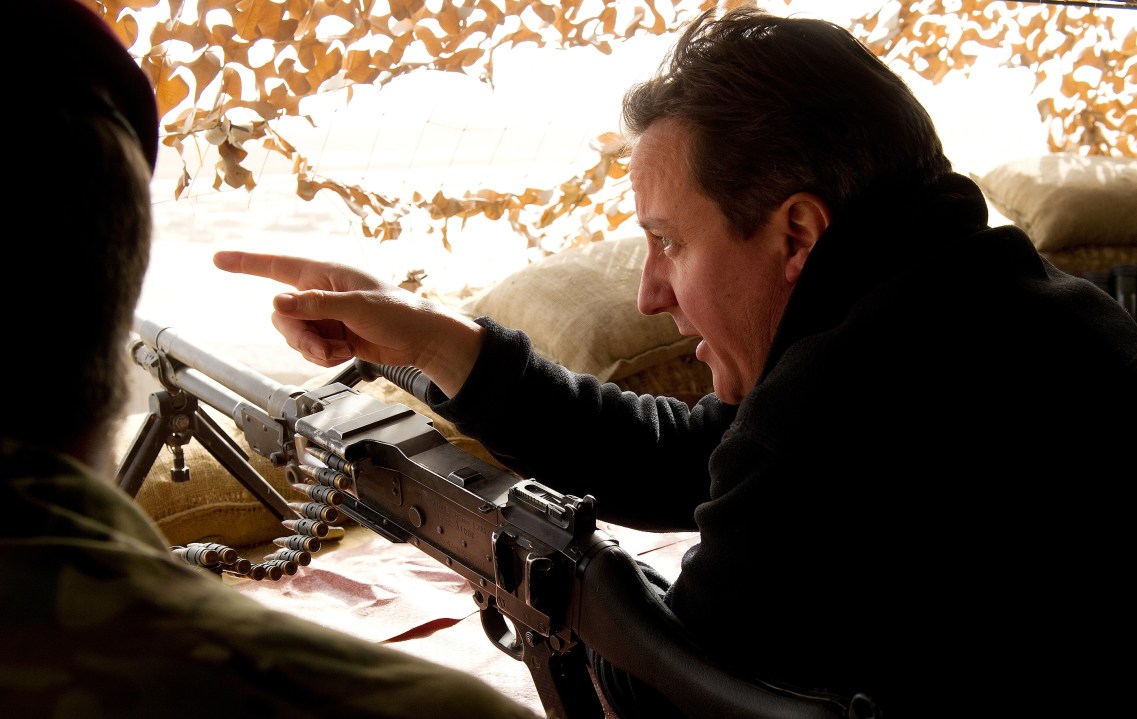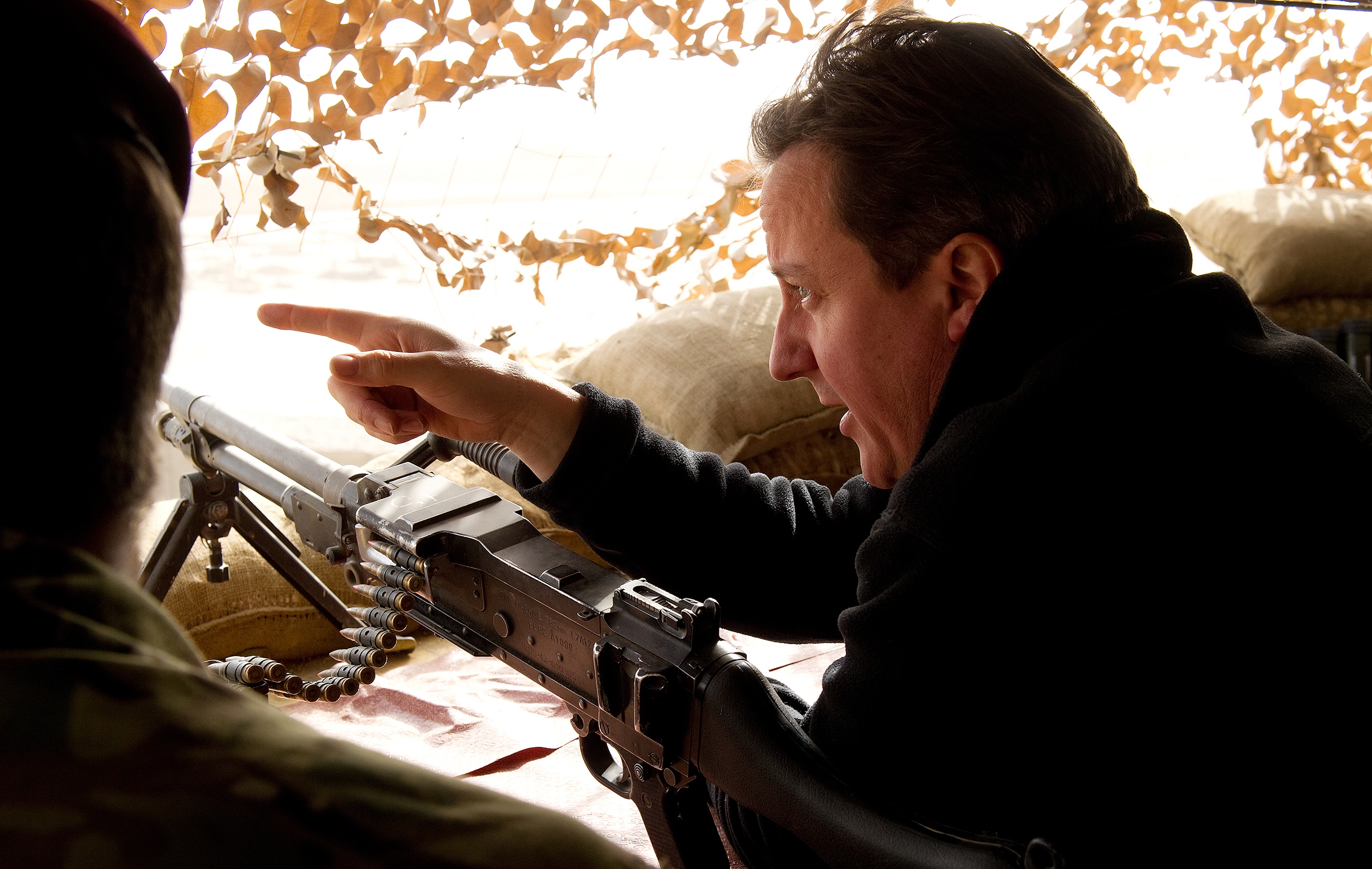 The National Security Council was a sound idea. But it has disappointed, both inside and
outside Whitehall. The Ministry of Defence has complained that it “failed to
give strategic direction”. Among previous supporters in the media, Con Coughlin has commented sourly that “all it has achieved
so far is the replacement of Blair’s much-derided ‘sofa government’ with a new, back-of-the-envelope approach”. James Kirkup was even driven to ask “What exactly is the point of
it?”
The National Security Council was a sound idea. But it has disappointed, both inside and
outside Whitehall. The Ministry of Defence has complained that it “failed to
give strategic direction”. Among previous supporters in the media, Con Coughlin has commented sourly that “all it has achieved
so far is the replacement of Blair’s much-derided ‘sofa government’ with a new, back-of-the-envelope approach”. James Kirkup was even driven to ask “What exactly is the point of
it?”
Where did things go wrong? First, it seems that more effort went into spinning it to the media — it was a ‘War Cabinet’ to Sun readers, an end to ‘sofa government’ to those disaffected by Iraq — than actual design and implementation. The membership changed little from the previous government’s National Security Committee (which included the same ministers, as well as the Chief of the Defence Staff, heads of the security services and intelligence, and so on). The job of the first National Security Adviser, a crucial appointment that would set the tone, went to Sir Peter Ricketts: an experienced hand, but an establishment figure and a diplomat, rather than a radical reformer or strategist. Attempts to strengthen the Secretariat were hampered by arbitrary headcount restrictions in the Cabinet Office. Insiders watch these things, and the message they received was very different from the one presented to the media. They inferred that change would be more evolutionary than revolutionary.
Then the NSC faced its first real challenge, the Strategic Defence and Security Review. As the leaked Ministry of Defence memos record, it failed to impose its authority on the process; but was still tainted by the botched result. Even more worrying, it often seemed to be out of the loop. The Foreign Affairs Committee has concluded that Cameron bypassed the NSC in his decision to announce a date for withdrawal from Afghanistan. It was bypassed again in the early days of the Libyan crisis, as the Foreign Office was left to run what rapidly turned into an uncoordinated shambles.
Then came the most important decision so far: the decision on military intervention in Libya. Clausewitz famously observed that:
It is this clarity which people doubt the Blair government ever had before embarking on military intervention in Iraq and southern Afghanistan. Did the NSC provide Cameron with that clarity over Libya? It seems unlikely. The NSC and its secretariat did not really do any serious strategic planning before the decision. They did not have a clear sense of how the situation might unfold after military force was applied, let alone how it would end. After the usual heady first days, when the visual theatre of war took over the media narrative, the situation on the ground grew more complicated. Instead of using the NSC to step back and clarify the strategy, ministers fell back on the familiar approach of pressing on in the hope that ‘momentum’ would constitute its own strategy. Their objectives became less, not more, clear, as their language hardened towards regime change, while formally insisting that we were sticking to the original objective of humanitarian protection.“No one starts a war — or rather, no one in his senses ought to do so — without first being clear in his mind what he intends to achieve by that war and how he intends to conduct it.”
There is still a chance that Gaddafi’s regime will implode, and the West will have the chance to show that this has led to a net improvement. Even if the NSC didn’t have a post-conflict plan before intervention, we are told they have one now. But if instead we end up in a protracted stalemate, or a negotiated settlement which leaves Gaddafi in place — as General Richards warned yesterday — Cameron may find himself facing the same kind of questions that Blair faced after Iraq: how many of the crucial mental and rhetorical steps he took on the path of escalation were underpinned by a proper NSC process, as opposed to conversations with his aides as he prepared for a parliamentary statement or press conference?
However, in assessing the contribution of the NSC, we should consider not only its influence on how particular decisions are made, but also its influence on how the national security machinery spends its time and resources. In my experience, this distribution of effort did not reflect a strategic plan: it was determined by events, the media, and institutional momentum. Despite a welcome shift to more regular meetings, this does not appear to have fundamentally changed.
How can the NSC get a grip on this? Their secretariat could do worse than start by taking a list of “countries of concern” and plotting them on a graph, with strategic importance on one
axis, and UK influence (actual or potential) on the other. They might come up with something like this:

This is the kind of conceptual framework — crude, perhaps — that was encouraged when I worked in strategy consulting, discouraged when I worked in Whitehall. It is not underpinned by
hundreds of metrics, nor filtered through numerous layers of bureaucracy. But if it is even vaguely right, there is something very wrong with the way our National Security machinery is actually
spending its time. Ideally this would increase as we move towards the top right hand corner of the graph. In fact, my guess is more like the following, where the size of the bubbles represents the
amount of time and resources the NSC, its secretariat, and other relevant bodies around Whitehall are devoting to these countries:

The bubbles get smaller, not bigger, as we move towards the top right corner. There are some good reasons for this. For as long as we have thousands of troops in Afghanistan, it is right that the
NSC thinks hard about what they are doing there. Likewise, as a result of the choices we have made, we part-own the problems in Libya now, and we have a responsibility to apply ourselves to solving
them. But existing commitments cannot be allowed to determine entirely the time and resources we devote to strategic thinking, otherwise the pattern will simply be self-reinforcing.
In fairness, I should note that the first National Risk Register — published as part of the work for the first National Security Strategy in 2008 — included a similar kind of simple conceptual framework to map risks to the UK, such as a large-scale terrorist attack, a pandemic, or a flood, plotting likelihood against potential impact (see graph here, p. 5). The 2010 National Security Strategy continued with this framework, layering on top of it a three-tier list of priorities (see here, pp. 27 and 37). Both exercises seem to have had a useful if not revolutionary influence on how time and resources are allocated across Whitehall and beyond.
But nothing similar exists for our foreign and security policy. Any such framework involves simplification, and events and legitimate political priorities will always have to be accommodated, but the NSC and its Secretariat must try to impose some kind of framework beyond the next quarter’s diary, to try to shift the distribution of time and resources back towards the long term strategic fundamentals. If they succeed, this might restore the NSC’s credibility, and help it live up to its early billing.







Comments